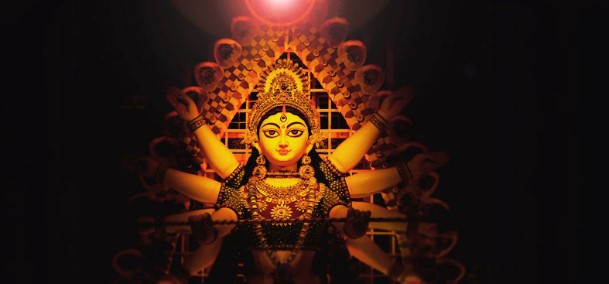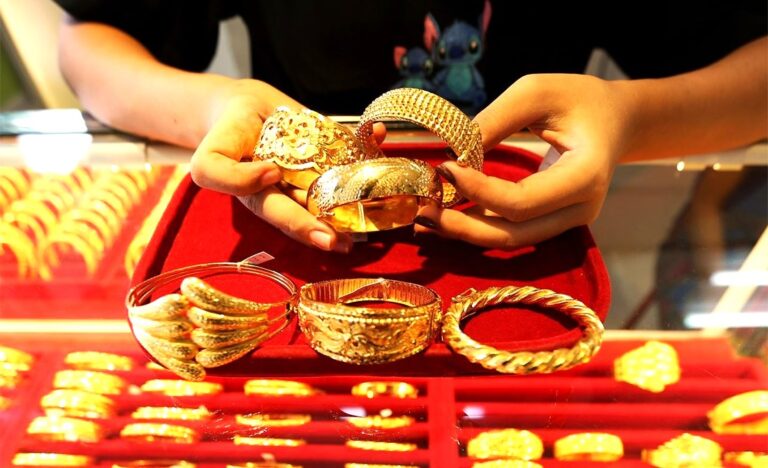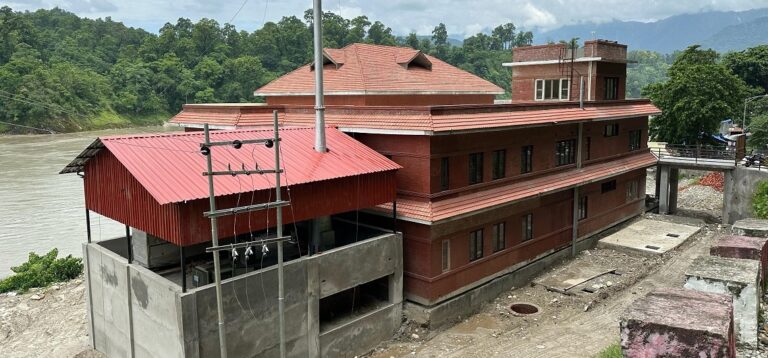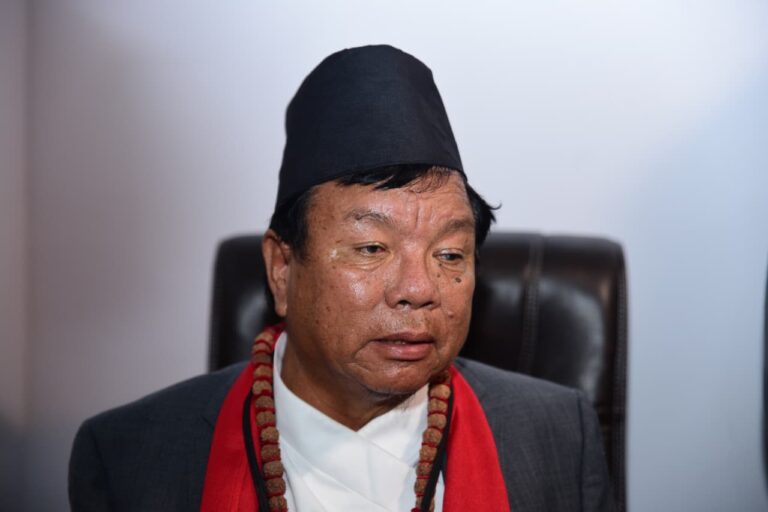
On the fourth day of Navratri, which falls on Ashwin Shukla Chaturthi, devotees across Nepal are performing the ritual worship (puja) of Goddess Kushmanda, the fourth of the nine forms of Goddess Durga.
According to Hindu scriptures, this day is dedicated to Kushmanda Devi, who is believed to remove the three forms of suffering—spiritual, physical, and divine—collectively referred to as Kushma. The name Kushmanda originates from this belief. Various Puranas describe the goddess as holding a pot filled with wine and a blood-filled vessel.
The Durga Saptashati (Chandi) mentions in the Devi Kavach:
“Kutsitah Ushma Kushma–Trividha Tapayutah Samsarah, Sa Ande Maansapeshyamudararupayam Yasya Sa Kushmanda,”
which translates to: “The universe filled with the three types of suffering exists in her womb, and she is known as the divine Mother Kushmanda.”
Navratri began on Ashwin Shukla Pratipada (Monday, Ashwin 6) with Ghatasthapana, where sacred barley seeds (jamara) were sown in the worship room or Dashain Ghar. On that first day, Shailaputri, the first of the nine Durgas, was invoked and worshipped. On the second day (Tuesday), Brahmacharini was worshipped, followed by the third day (Wednesday) dedicated to Chandraghanta. Today, the fourth day (Thursday) is devoted to Kushmanda Devi.
During Navratri, devotees recite texts such as Durga Saptashati (Chandi), Shrimad Devi Bhagavat, and other hymns at the site of Ghatasthapana. It is believed that worshiping the goddess during these nine days grants power, prosperity, and knowledge. The offerings (prasad) from these rituals are distributed from Vijaya Dashami until Kojagrat Purnima, marking a 15-day-long celebration of Bada Dashain.
The traditional sequence of worship during the nine days of Durga Puja is:
- Shailaputri (Day 1)
- Brahmacharini (Day 2)
- Chandraghanta (Day 3)
- Kushmanda (Day 4)
- Skandamata (Day 5)
- Katyayani (Day 6)
- Kalaratri (Day 7)
- Mahagauri (Day 8)
- Siddhidatri (Day 9)
Throughout Navratri, large numbers of devotees visit major Shakti Peeths (power shrines) across Nepal to offer prayers. In the Kathmandu Valley, temples such as Guhyeshwari, Jayabageshwari, Maiti Devi, Kalikasthan, Naxal Bhagwati, Bhadrakali, Shobha Bhagwati, Rakta Kali, Shweta Kali, Bijeshwari, Kankeshwari, Kalanki Mai, Chamunda Devi, Sundari Mai, Bajrayogini, and Indrayani see heavy footfall from early morning.
Outside the valley, prominent shrines such as Palanchek Bhagwati, Nala Bhagwati, Chandeswari, Palchok Bhagwati, Kamalamai, Ichhakamana, Manakamana, Gadhimai, Chhinnamasta, Gahwamai, Baglung Kalika, Bindhyabasini, Tal Barahi, Shaileshwari, and Ugratara also draw massive crowds of worshippers seeking blessings during this auspicious period.




